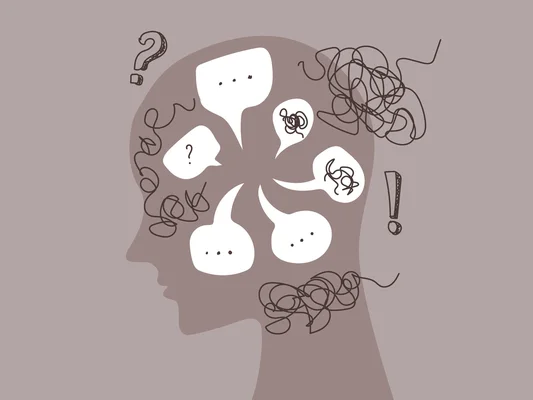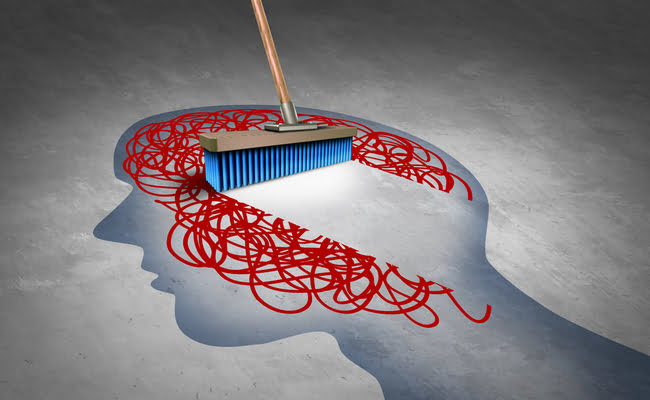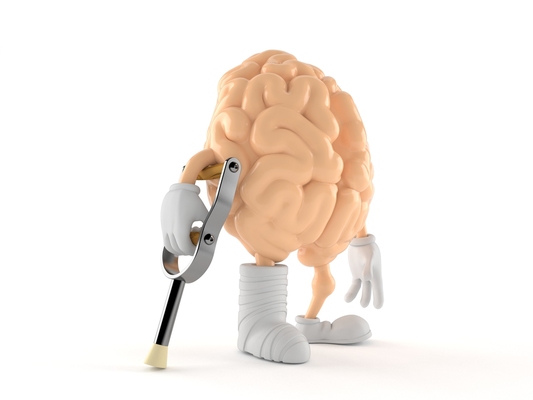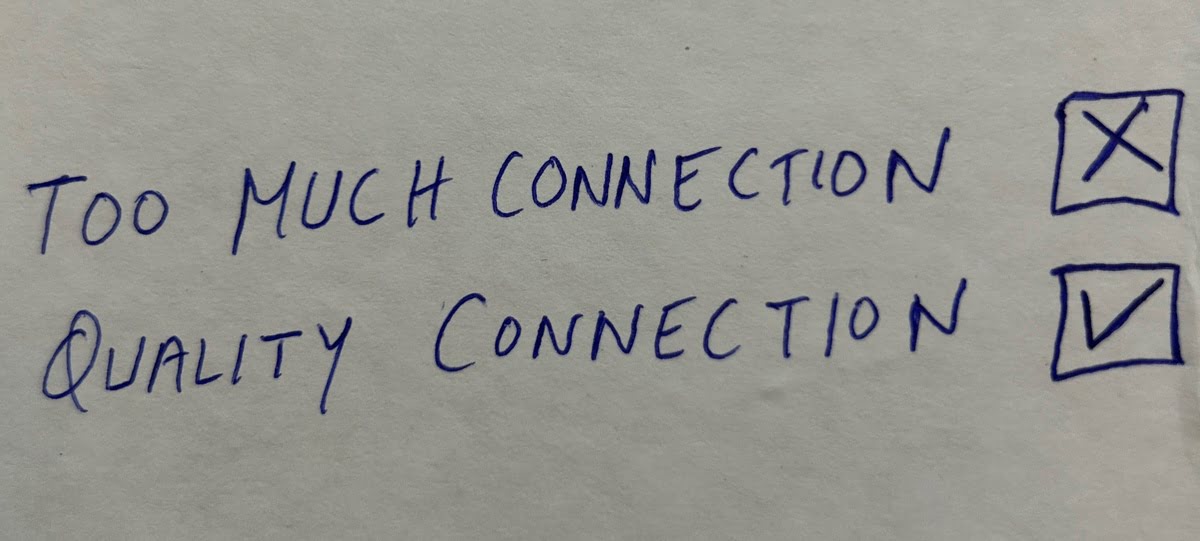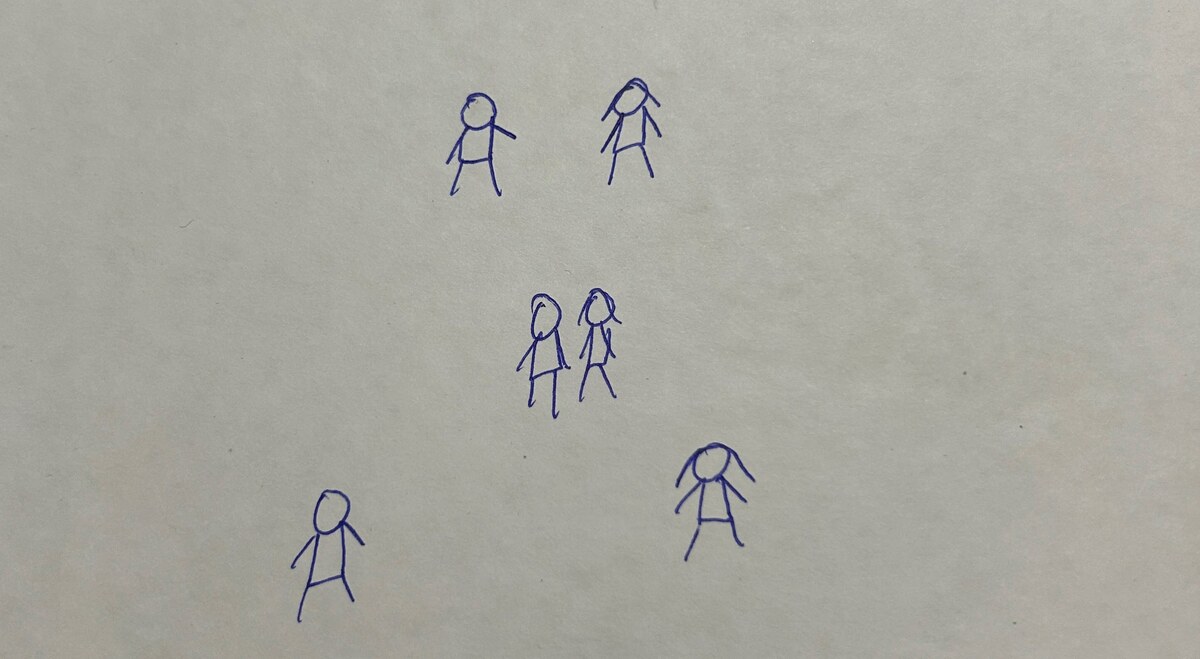How to stop overthinking everything
Overthinking is getting stuck in repetitive thought loops about a problem or a situation in a way that is unproductive and leads to negative emotions like overwhelm, fear, anxiety, and depression. When you’re thinking about something too much, you can’t think about the other things, so your life gets derailed. This is why overthinking is …
